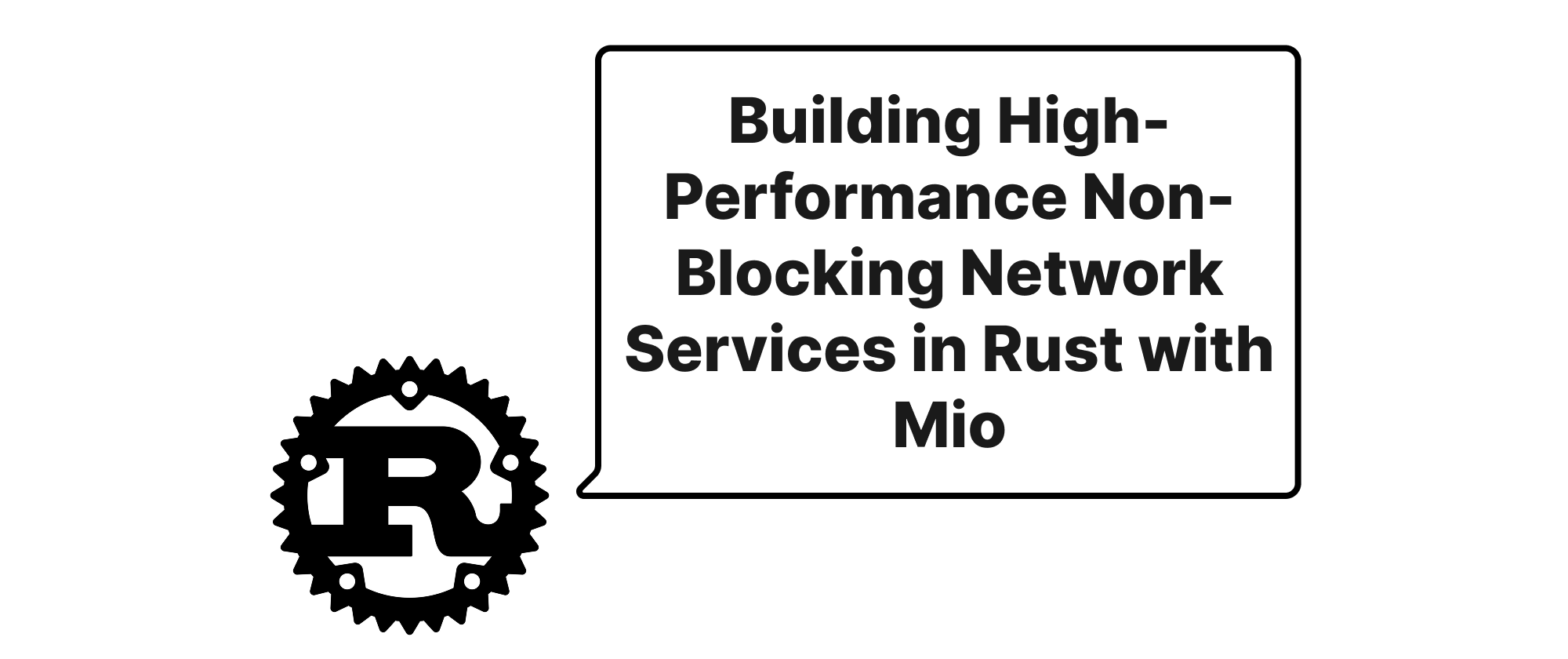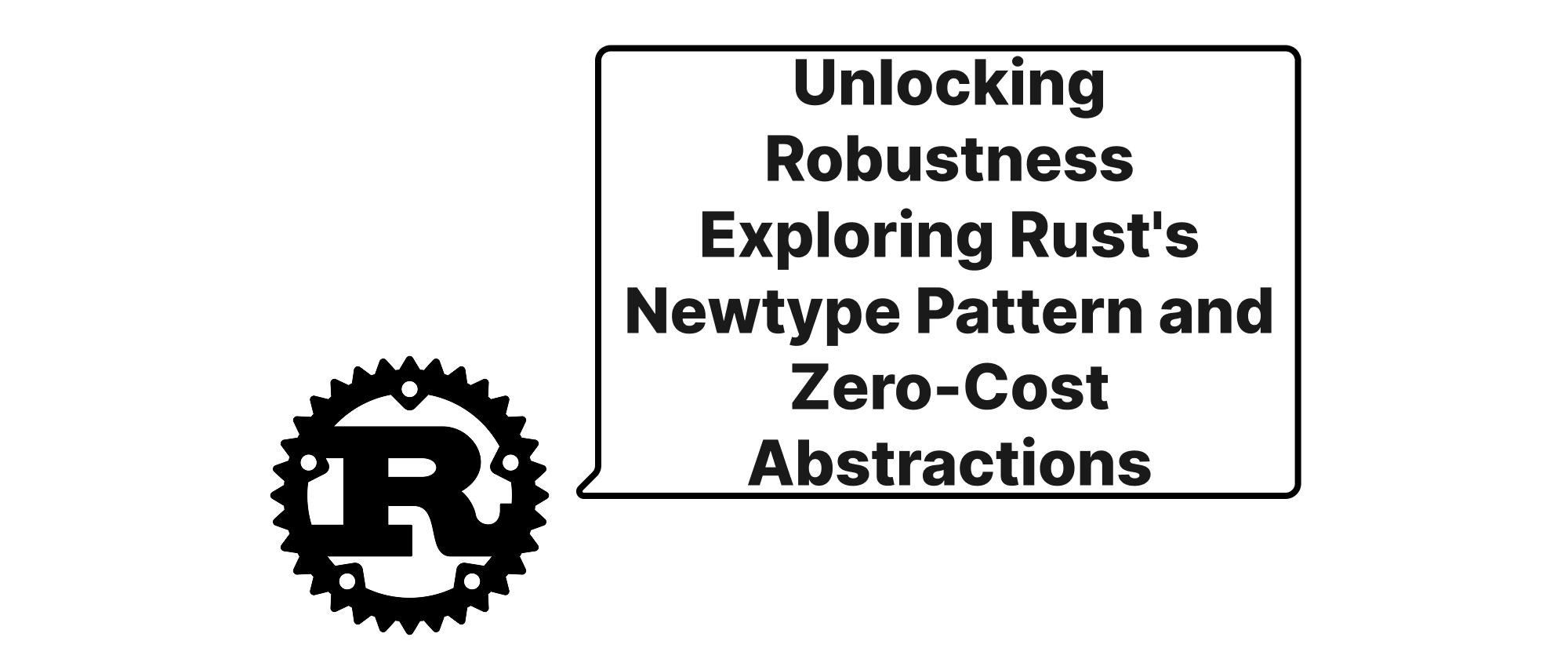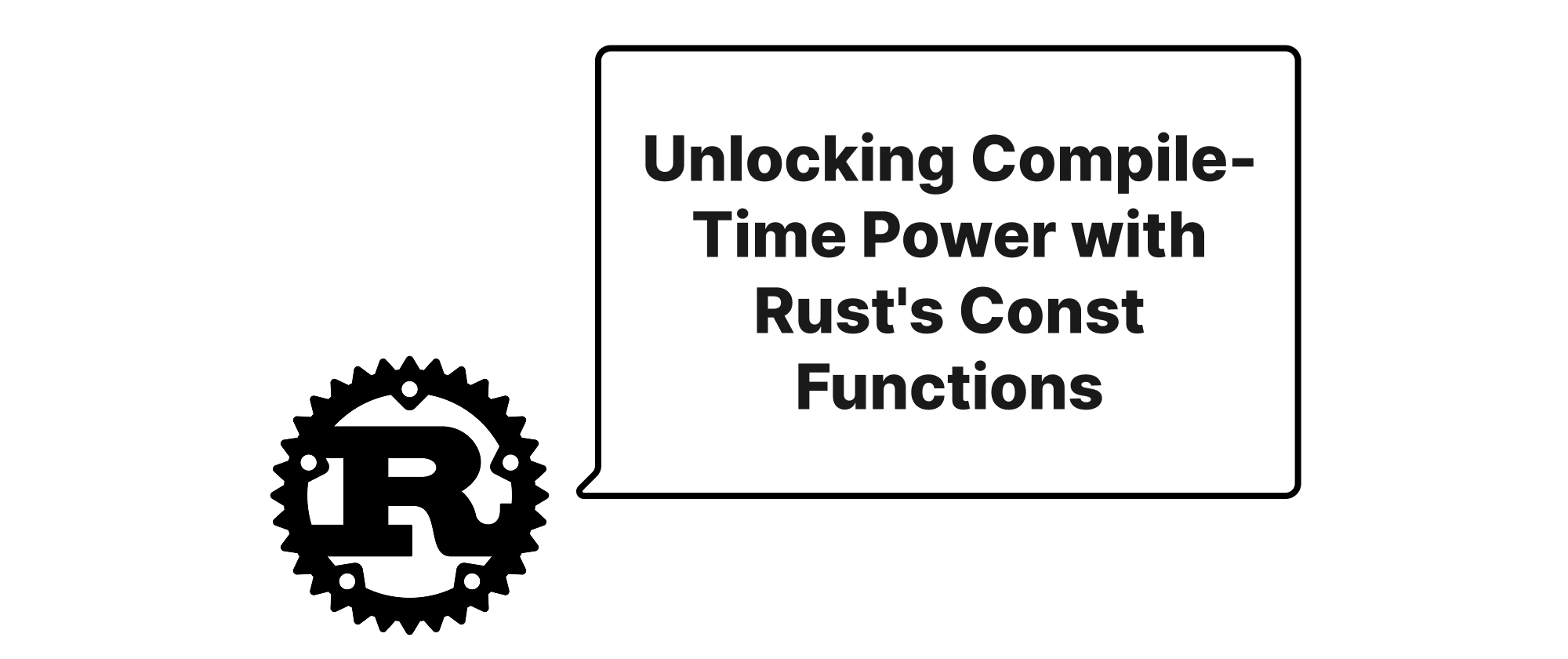Building High-Performance Non-Blocking Network Services in Rust with Mio
Ethan Miller
Product Engineer · Leapcell

Introduction
In the realm of modern software development, building highly performant and scalable network applications is paramount. Whether you're crafting web servers, real-time communication platforms, or distributed systems, the ability to handle numerous concurrent connections efficiently is a non-negotiable requirement. Traditional blocking I/O models often lead to performance bottlenecks, as each connection demands its own thread, resulting in excessive resource consumption and context switching overhead. This is where non-blocking I/O shines, allowing a single thread to manage multiple connections by reacting to I/O readiness events. Rust, with its strong emphasis on safety, performance, and concurrency, provides an excellent foundation for such endeavors. Within the Rust ecosystem, mio (Metal I/O) emerges as a fundamental building block for low-level non-blocking network programming, offering a raw, unopinionated interface to the underlying operating system's event notification mechanisms. This article will guide you through the process of constructing non-blocking, low-level network applications in Rust using mio, empowering you to build highly efficient and scalable network services.
Core Concepts and Implementation with Mio
Before diving into the code, let's establish a clear understanding of the core concepts central to non-blocking I/O and mio.
Key Terminology
- Non-Blocking I/O: Unlike blocking I/O, where a read or write operation waits for data to be available or for the operation to complete, non-blocking I/O operations return immediately, even if no data is available or the operation isn't finished. This requires the application to poll or be notified when I/O is ready.
- Event Loop: The central component of a non-blocking application. It constantly monitors for I/O events (e.g., data arrival, connection established, socket writable) and dispatches them to appropriate handlers.
- Event Notification System: The underlying operating system mechanism (e.g., epoll on Linux, kqueue on macOS/FreeBSD, IOCP on Windows) that
mioabstracts. This system allows a program to register interest in various I/O events on multiple file descriptors and be efficiently notified when those events occur. mio::Poll: The heart ofmio. It's an event loop that allows you to registerEventedobjects (like TCP sockets) and block until one or more registered events occur.mio::Token: A unique identifier associated with each registeredEventedobject. When an event occurs,mioreturns this token, allowing you to identify which registered object an event corresponds to.mio::Events: A buffer wheremio::Pollpopulates the occurring events after it returns from blocking.mio::Evented: A trait that defines how an object can be registered withmio::Pollto receive event notifications.mioprovidesEventedimplementations for standard network types likeTcpStreamandTcpListener.- Edge-Triggered vs. Level-Triggered:
- Level-Triggered: The event system notifies you if the condition
istrue (e.g., data is available in the buffer). You'll be notified repeatedly until you drain the buffer. - Edge-Triggered: The event system notifies you only when the condition changes (e.g., new data arrived). You must process all available data in one go, or you won't be notified again until new data arrives.
mioprimarily works with edge-triggered semantics for efficiency.
- Level-Triggered: The event system notifies you if the condition
Principles of Operation
The general flow of a mio-based non-blocking application involves these steps:
- Initialize
mio::Poll: Create an instance ofmio::Pollwhich will manage the event loop. - Register
EventedObjects: Register your network sockets (e.g.,TcpListenerfor accepting connections,TcpStreamfor connected clients) withmio::Poll, associating each with a uniqueTokenand specifying theInterest(read, write, or both). - Enter the Event Loop: Continuously call
poll.poll(...)to wait for I/O events. This call will block until an event occurs or the timeout expires. - Process Events: When
poll.poll(...)returns, iterate through the receivedmio::Events. For each event, use itsTokento identify the source and process the corresponding I/O.- If a
TcpListenerevent occurs, accept new connections and register the newTcpStreamwithmio::Poll. - If a
TcpStreamread event occurs, read available data non-blockingly. - If a
TcpStreamwrite event occurs, write any pending data.
- If a
- Re-register/Modify Interest: After processing an event, you might need to re-register the
Eventedobject with a modifiedInterest(e.g., if you've finished writing, removeInterest::WRITABLE).
Practical Example: A Simple Echo Server
Let's illustrate these concepts by building a basic non-blocking echo server using mio. This server will listen for incoming TCP connections, read data from clients, and echo it back.
use mio::net::{TcpListener, TcpStream}; use mio::{Events, Interest, Poll, Token}; use std::collections::HashMap; use std::io::{self, Read, Write}; // Some tokens to help us identify which event is for which socket. const SERVER: Token = Token(0); fn main() -> io::Result<()> { // Create a poll instance. let mut poll = Poll::new()?; // Create storage for events. let mut events = Events::with_capacity(128); // Setup the TCP listener. let addr = "127.0.0.1:9000".parse().unwrap(); let mut server = TcpListener::bind(addr)?; // Register the server with the poll instance. poll.registry() .register(&mut server, SERVER, Interest::READABLE)?; // A hash map to keep track of our connected clients. let mut connections: HashMap<Token, TcpStream> = HashMap::new(); let mut next_token = Token(1); // Start client tokens from 1 println!("Listening on {}", addr); loop { // Wait for events. poll.poll(&mut events, None)?; // `None` means no timeout, block indefinitely for event in events.iter() { match event.token() { SERVER => loop { // Received an event for the server socket, which means a new connection is available. match server.accept() { Ok((mut stream, addr)) => { println!("Accepted connection from: {}", addr); let token = next_token; next_token.0 += 1; // Register the new client connection with the poll instance. // We are interested in reading from and writing to this client. poll.registry().register(&mut stream, token, Interest::READABLE | Interest::WRITABLE)?; connections.insert(token, stream); } Err(e) if e.kind() == io::ErrorKind::WouldBlock => { // No more incoming connections currently. break; } Err(e) => { // Other error, probably unrecoverable for the listener. eprintln!("Error accepting connection: {}", e); return Err(e); } } }, token => { // Received an event for a client connection. let mut done = false; if let Some(stream) = connections.get_mut(&token) { if event.is_readable() { let mut buffer = vec![0; 4096]; match stream.read(&mut buffer) { Ok(0) => { // Client disconnected. println!("Client {:?} disconnected.", token); done = true; } Ok(n) => { // Successfully read `n` bytes. Echo them back. println!("Read {} bytes from client {:?}", n, token); if let Err(e) = stream.write_all(&buffer[..n]) { eprintln!("Error writing to client {:?}: {}", token, e); done = true; } } Err(e) if e.kind() == io::ErrorKind::WouldBlock => { // Not ready to read, try again later. // This shouldn't happen with edge-triggered events if we handle it correctly. // It could happen if we didn't drain the buffer completely. } Err(e) => { eprintln!("Error reading from client {:?}: {}", token, e); done = true; } } } // If `is_writable()` is true, it means we can write to the socket without blocking. // For a simple echo server, we immediately write back what we read. // If we had a more complex application with a send queue, we would write from there. // In this example, the write happens inside the `is_readable` block for simplicity. // If we were only interested in writing, we'd have a separate write loop here. // Note: For echo, we simply write back immediately after reading. // If we had internal send buffers, `is_writable` would trigger sending from those. } else { // This should ideally not happen if our `connections` map is consistent. eprintln!("Event for unknown token: {:?}", token); } if done { // Remove the client from our connections map and deregister it. if let Some(mut stream) = connections.remove(&token) { poll.registry().deregister(&mut stream)?; } } } } } } }
To run this example:
- Save the code as
src/main.rs. - Add
mio = { version = "0.8", features = ["net"] }to yourCargo.toml. - Run
cargo run. - Connect with
netcat:nc 127.0.0.1 9000and type some text.
Explanation of the Echo Server
Poll::new(): Creates the central event loop structure.TcpListener::bind(): Binds aTcpListenerto a specified address, making it ready to accept incoming connections.poll.registry().register(): Registers (server) with thepollinstance, indicating we are interested inREADABLEevents on the listening socket. TheSERVERtoken identifies this registration.poll.poll(&mut events, None): This is the blocking call. The program pauses here until one or more registered events occur.Noneindicates no timeout, meaning it will block indefinitely.events.iter(): Afterpoll.pollreturns, we iterate through themio::Eventsbuffer to process each pending event.match event.token(): We use theTokento distinguish between events for the server listener (SERVER) and events for client connections.- Server
SERVERevent:server.accept(): Accepts a new incoming connection. This is non-blocking because we're inside an event loop; if there's no connection, it returnsio::ErrorKind::WouldBlock.- The newly accepted
TcpStreamis registered withpoll.registry().register()along with a new uniqueTokenandInterest::READABLE | Interest::WRITABLE. We store theTcpStreaminconnectionsmap, identified by itsToken.
- Client
tokenevent:event.is_readable(): Checks if the event indicates that the client socket has data to read.stream.read(&mut buffer): Reads data from the client. Again, this is non-blocking. If 0 bytes are read, it signifies a client disconnection.ErrorKind::WouldBlockwould mean data isn't ready yet, but with edge-triggered events, ifis_readableis true, there should be data.stream.write_all(&buffer[..n]): Echoes the read data back to the client. If an error occurs, the client is marked for disconnection.- If
doneis true (client disconnected or error), the client'sTcpStreamis removed fromconnectionsand deregistered frompoll.registry().
Application Scenarios
mio is ideally suited for building:
- High-performance network proxies and load balancers: Efficiently forwarding and managing traffic for numerous connections.
- Custom application-layer protocols: Implementing highly specialized network communication without the overhead of higher-level frameworks.
- Real-time gaming servers: Managing many concurrent player connections with low latency.
- IoT communication hubs: Handling a vast number of device connections efficiently.
- Embedded networking applications: Where resource constraints necessitate low-level control and minimal overhead.
Conclusion
Building non-blocking low-level network applications in Rust with mio provides an unparalleled combination of performance, control, and safety. By directly interacting with the operating system's event notification mechanisms, mio allows developers to craft highly efficient and scalable network services. While it requires a deeper understanding of network programming paradigms, the benefits in terms of resource utilization and responsiveness are significant, making mio an invaluable tool for demanding network-centric projects in Rust. Ultimately, mio empowers developers to leverage Rust's strengths for building robust and performant foundational network infrastructure.


